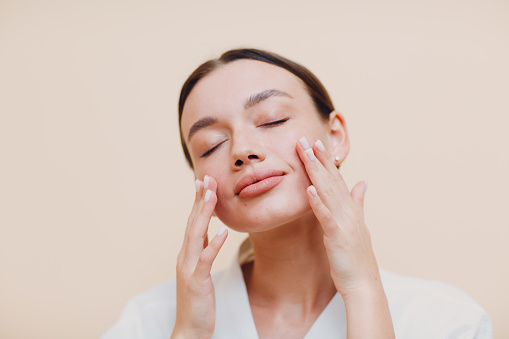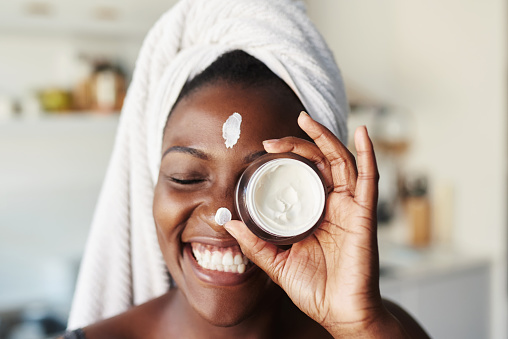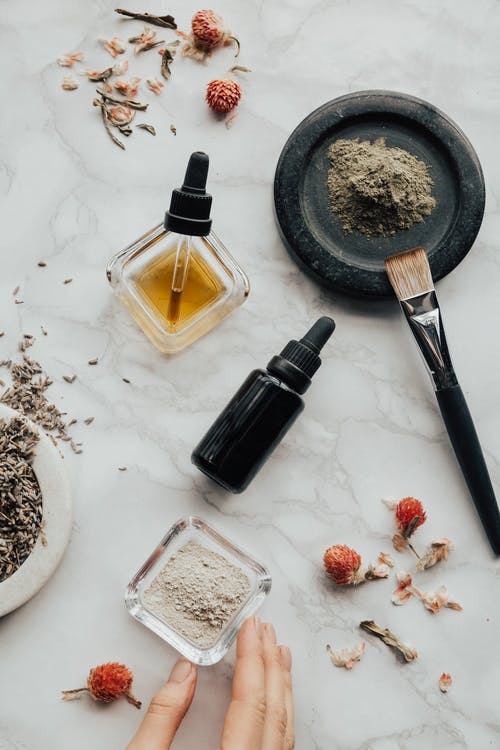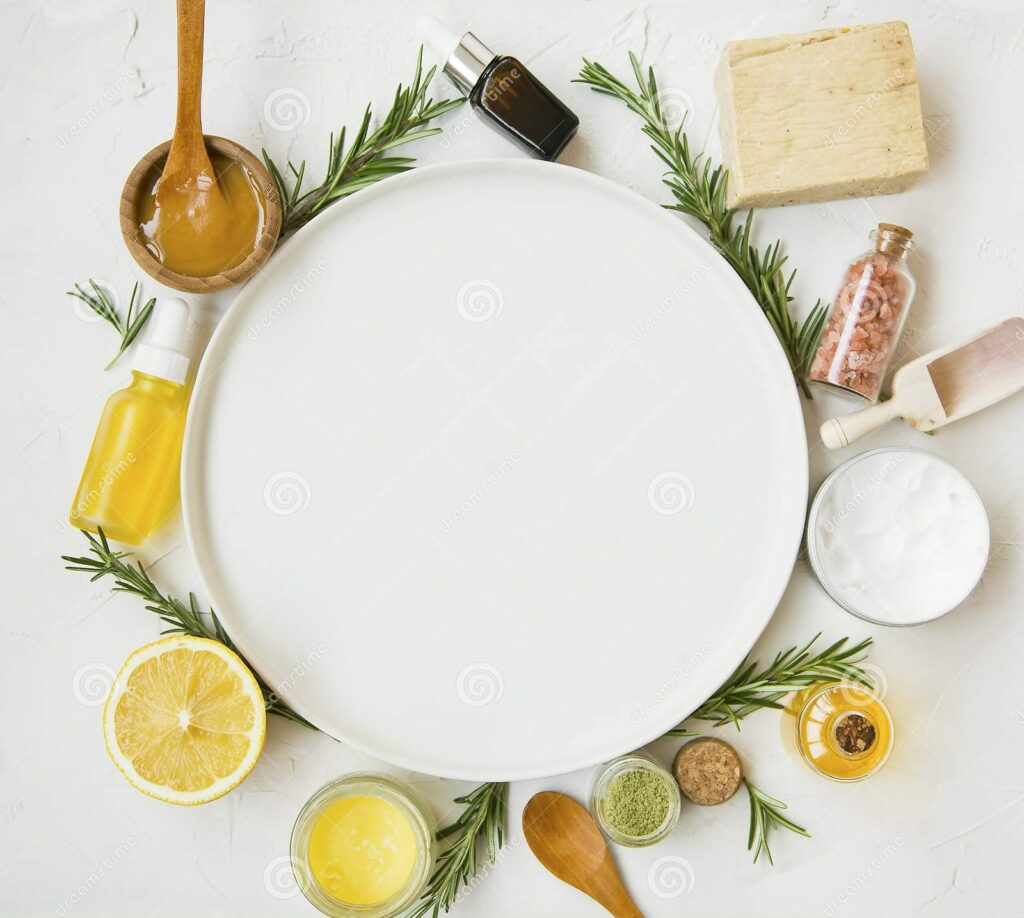
Skincare regimens and products are among the most hyped-up and marketed elements of the health and beauty industry. The skin protects the body from environmental insults, modulates an optimal internal environment to carry out body functions smoothly, and houses various metabolic pathways. While playing a significant role in body physiology, the skin is susceptible to multiple chemical and physical damage. It is imperative to be concerned and vigilant regarding the health of your skin. Using skin care products derived from nature, including acids like AHAs, BHAs, and PHAs, is highly beneficial and has minimal side effects.
What Are Skin Care Acids?
Skincare acids are a common ingredient in serums, cleansers, and exfoliating products. These acids follow the general principle of exfoliation, characterized by removing dead skin cells, cellular debris, and purification of skin pores. The skincare acids may be synthetic such as synthetic forms of lactic acid, ascorbic acid, and glycolic acids, and may or may not be associated with adverse side effects. On the contrary, AHA, BHA, and PHA are derived from natural plant and animal-based sources. Subsequent sections discuss these skincare acids’ uses, references, and underlying mechanisms.

AHA – Alpha Hydroxy Acid
AHA comprises a group of water-soluble weak organic acids, including the following.
- Glycolic acid (GA)
- Citric acid (CA)
- Malic acid (MA)
- Tartaric acid (TA)
- Lactic acid (LA)
These are derived from milk sugars and several edible substances. AHA peels are used as exfoliators with minimum risk of skin damage. AHA treats keratinization disorders, including acne, hyperpigmentation, sunspots, roughness, and melasma. AHA peels are available in both moderate-depth and straightforward forms depending on the penetrating ability of the acids. AHA acts on the topmost layer of the skin, the stratum corneum, by detaching and shedding the skin cells. Moreover, AHA promotes the production of glycosaminoglycans to improve the appearance of wrinkles.
Studies also suggest that AHA has antioxidant activity that plays an integral role in neutralizing cancer-associated effects of ultraviolet radiation. CA accelerates the renewal rate of skin cells and induces apoptosis of these cells by activating the enzymes involved in the pathway. Lactic acid, derived from sour milk, maintains the normal skin flora that modulates the immune system and prevents inflammatory skin damage. Albeit protective, moisturizing, and anti-aging properties, the use of AHA peels can result in redness, irritation, and blemishes on the skin.

BHA – Beta Hydroxy Acid
Unlike AHA, BHA is characterized by the attachment of the hydroxyl group to the beta carboxyl group. Beta hydroxybutyric acid is the most commonly used BHA. BHA is lipid-soluble and can easily penetrate the skin. Individuals with oily skin have sebaceous follicles that assist the passage of BHA into the skin. BHA has comparatively lesser irritative effects on the skin owing to its anti-inflammatory properties. Previous studies classified salicylic acid (SA) as a BHA. However, recent reports identify SA as a distinct entity.
BHA has comedolytic properties that treat acne and other conditions associated with oily skin. BHA peels suppress the formation of comedones, referring to the entrapment of oil and skin cells in pores of the skin followed by the appearance of blemishes. BHA exerts antibacterial effects by hindering bacterial replication, making it a vital skincare ingredient for acne treatment. These chemicals penetrate the skin at a slower rate, providing benefits for a more extended period than other chemical peels that are absorbed faster.
PHA – Polyhydroxy Acid
PHAs and polyhydroxy bionic acids (PHBA) have similar mechanisms as AHA. However, the severity of side effects is considerably lower in PHA. The term ‘poly’ indicates the attachment of multiple hydroxyl groups to the carbon atoms. PHBA is formed when a sugar group is added to the parent PHA. PHA has numerous therapeutic benefits for the skin. It acts as a humectant and retains the skin’s moisture, rendering the skin smooth and reducing the appearance of visible signs of aging.
PHA moisturizes the skin by exfoliating the superficial dead skin layer and strengthening the epidermal barrier that reduces loss of moisture. Gluconolactone is an important PHA that protects the skin from UV-mediated damage. The antioxidant property enables it to scavenge the free radicals and reactive oxygen species that otherwise cause oxidative damage to the skin. These effects contribute to PHA peels to reduce wrinkles and fine lines, acting as an anti-aging ingredient in skincare products. PHA is a safer chemical peel and can be used by sensitive skin types.

Conclusion
AHA, BHA and PHA are skincare acids used for exfoliating the skin, protecting against UV-induced oxidative damage, and halting the skin’s aging process. Both BHA and PHA are modified forms of AHA and have relatively safer profiles when compared to AHA peels. These acids differ in their solubility, mechanism of action, and side effects. These chemical peels promote the shedding of skin cells from the superficial layer of the skin and assist in the treatment of various keratogenic disorders.
